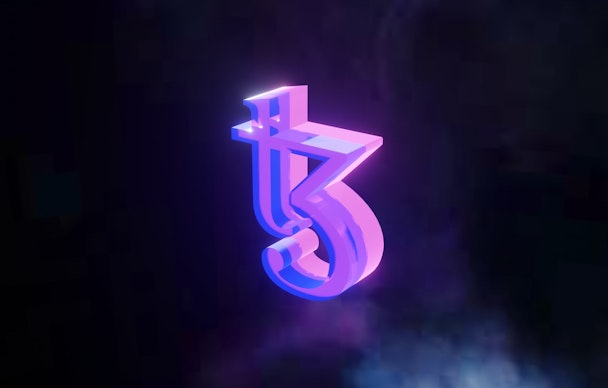So much more than a Jpeg: NFTs mark the discovery of digital ownership
Despite much skepticism, many non-fungible tokens (NFTs) are as valuable as real estate. Simon Callender of Initials explains how their worth presents a new opportunity for consumer equity.

Could NFTs redefine what it means to be a consumer? / Arifwdn via Unsplash
When you mention the word NFT, many people will recoil with a range of judgments and preconceptions. Sure, it’s a hard concept to wrap your head around at first. Why would someone pay so much money for a Jpeg that anyone can right-click, copy and save on their desktop?
The truth is, NFTs (short for ‘non-fungible tokens’) represent so much more than a Jpeg. They present a new era of digital ownership, and they are set to transform the way brands, influencers and consumers interact with each other online and in the real world. Data shows that the NFT craze is far from just a fad. NFT transactions soared from $40m in 2018 to $338m at the end of 2020. In 2021, they hit a staggering $25bn. While sales went down in 2022 due to wider, macroeconomic conditions, that dip was only small.
Is this all wild speculation? Or is there a reason why major brands like Nike, Adidas and Coca-Cola have placed big bets on the future of NFTs and web3?
Advertisement
What is an NFT anyway?
An NFT is a cryptographic asset wth a unique identification code and metadata. This makes it entirely unique, distinguishable, and verifiable from any other NFT.
Let’s say Tom has a picture of his car on his phone. If he sends that picture to Lucy; she now owns an indistinguishable copy of that picture. It contains exactly the same metadata and would be impossible for anyone to ‘prove’ who owns the original; it’s essentially the same picture.
Now, let’s say that picture is sent to 1,000 people. How can we verify and confirm who owns the original? Sure, Tom can come out and say it’s his. But there’s no cryptographic way of verifying his digital ownership. Enter NFTs.
Let’s say Tom takes that picture of his car and mints it as an NFT on a blockchain like Ethereum. Now, Tom has 100% verifiable proof of digital ownership, because that NFT is broadcast publicly. Anyone can go onto Etherscan (a transaction network for the Ethereum blockchain) and view when the NFT was created, who owns it, when it was transferred (if at all), to which wallets it was transferred, and so on.
Because all transactions on the blockchain are final and immutable, no one can dispute who is the true owner of a specific asset. This opens entirely new use cases, since NFTs are an ideal vehicle for both digital and physical assets like real estate and artwork.
Advertisement
But what is it worth?
NFTs offer the possibility of side-stepping the platform-centric world of web2, enabling any brand to interact directly with its consumers and allowing anyone to ‘own’ a verifiable stake in the web3 landscape, putting the power in the hands of individuals rather than corporations. With the advent of NFTs and digital assets, no company or centralized entity has the power to take away an individual’s ownership.
Rally, for example, is a blockchain platform for creators and their communities to build their own independent digital economies. By creating these so-called ‘social tokens’ (essentially a bespoke cryptocurrency), fans can gain access to benefits like unreleased content or merchandise, while creators unlock new streams of revenue.
For example, instead of paying YouTube a cut of all advertising revenue, influencers and creators can drive fan engagement by encouraging followers to become part of their economy and rewarding them with currency. This changes what it means to be a fan, since they can now actively ‘own’ a stake in their favorite influencer or creator’s success.
Suggested newsletters for you
A new world of commerce and possibility
Let’s consider a real-world example to demonstrate how brands are birthing a new world of commerce and possibility. In 2022, Bud Light released its ‘N3XT’ collection of NFTs. The release consisted of 12,722 unique tokens that grant holders access to exclusive benefits, including voting rights on future initiatives (like brand merch), access to brand and partner events, unique roles in Bud Light’s Discord channel, and other rewards.
Given that the NFT release is sold out, anyone that wants to participate in this community moving forward can only do so by purchasing an NFT on the secondary market from an existing holder (typically at a higher cost than the mint price).
This is just one example, but it shows why NFTs are so much more than Jpegs. They are truly the discovery of digital art ownership, which is set to transform the future of commerce and influence generations of new brands and start-ups.
Content by The Drum Network member:

Initials
About Initials
Initials is one of the UK’s fastest growing independent creative agencies.
Experts in branding & brand development, shopper &...

